With new technologies revolutionizing data collection, wildlife researchers are becoming increasingly able to collect data at much higher volumes than ever before. Now we are facing the challenges of putting this information to use, bringing the science of big data into the conservation arena. With the help of machine learning tools, this area holds immense potential for conservation practices. The applications range from online trafficking alerts to species-specific early warning systems to efficient movement and biodiversity monitoring and beyond.
However, the process of building effective machine learning tools depends upon large amounts of standardized training data, and conservationists currently lack an established system for standardization. How to best develop such a system and incentivize data sharing are questions at the forefront of this work. There are currently multiple AI-based conservation initiatives, including Wildlife Insights and WildBook, that are pioneering applications on this front.
This group is the perfect place to ask all your AI-related questions, no matter your skill level or previous familiarity! You'll find resources, meet other members with similar questions and experts who can answer them, and engage in exciting collaborative opportunities together.
Just getting started with AI in conservation? Check out our introduction tutorial, How Do I Train My First Machine Learning Model? with Daniel Situnayake, and our Virtual Meetup on Big Data. If you're coming from the more technical side of AI/ML, Sara Beery runs an AI for Conservation slack channel that might be of interest. Message her for an invite.
Header Image: Dr Claire Burke / @CBurkeSci

Explore the Basics: AI
Understanding the possibilities for incorporating new technology into your work can feel overwhelming. With so many tools available, so many resources to keep up with, and so many innovative projects happening around the world and in our community, it's easy to lose sight of how and why these new technologies matter, and how they can be practically applied to your projects.
Machine learning has huge potential in conservation tech, and its applications are growing every day! But the tradeoff of that potential is a big learning curve - or so it seems to those starting out with this powerful tool!
To help you explore the potential of AI (and prepare for some of our upcoming AI-themed events!), we've compiled simple, key resources, conversations, and videos to highlight the possibilities:
Three Resources for Beginners:
- Everything I know about Machine Learning and Camera Traps, Dan Morris | Resource library, camera traps, machine learning
- Using Computer Vision to Protect Endangered Species, Kasim Rafiq | Machine learning, data analysis, big cats
- Resource: WildID | WildID
Three Forum Threads for Beginners:
- I made an open-source tool to help you sort camera trap images | Petar Gyurov, Camera Traps
- Batch / Automated Cloud Processing | Chris Nicolas, Acoustic Monitoring
- Looking for help with camera trapping for Jaguars: Software for species ID and database building | Carmina Gutierrez, AI for Conservation
Three Tutorials for Beginners:
- How do I get started using machine learning for my camera traps? | Sara Beery, Tech Tutors
- How do I train my first machine learning model? | Daniel Situnayake, Tech Tutors
- Big Data in Conservation | Dave Thau, Dan Morris, Sarah Davidson, Virtual Meetups
Want to know more about AI, or have your specific machine learning questions answered by experts in the WILDLABS community? Make sure you join the conversation in our AI for Conservation group!
- @shannondubay
- | she/her
Panthera
Director of Conservation Technology at Panthera
- 0 Resources
- 0 Discussions
- 5 Groups
- @waltertortuga
- | She/Her/Hers
Universidad San Francisco de Quito
I'm a professor and researcher focusing on carnivore conservation in tropical landscapes.
- 0 Resources
- 0 Discussions
- 5 Groups
- @silvanasitayiari
- | she/her
- 0 Resources
- 0 Discussions
- 7 Groups
- @alekseisaunders
- | He/Him/His
Wildlife conservationist, ichthyologist, now pursuing a career in Software Engineering and Web Development
- 0 Resources
- 0 Discussions
- 2 Groups
Adventure Scientists is a 501(c)3 nonprofit organization based in Bozeman, MT that equips scientists and researchers with high-quality data collected from the outdoors that are crucial to addressing environmental challenges around the world.
- 0 Resources
- 0 Discussions
- 16 Groups
- @DanielHugelmann
- | He / Him
Hi, I'm the co-founder of OceanLabs Seychelles. We design and build environmental and marine remote sensing devices for conservation NGOs. As an engineer and avid diver, with a love for the environment, connecting conservation and technology was the natural thing to do!
- 0 Resources
- 1 Discussions
- 12 Groups
Background in Computer Science, Developing Acoustic AI Tech at Synature
- 0 Resources
- 1 Discussions
- 4 Groups
Sea Mammal Research Unit Univ' St Andrews



- 0 Resources
- 13 Discussions
- 4 Groups
- 0 Resources
- 0 Discussions
- 2 Groups
- @crazybirdguy
- | Him
Just a birder
- 0 Resources
- 6 Discussions
- 12 Groups
- @chmod000
- | he/they
I build sensing and perceiving hardware that is designed to address issues that matter to me. That ranges from assistive technologies, to conservation ecology, and connecting individuals with place and each other.
- 0 Resources
- 0 Discussions
- 7 Groups
- @ARobillard
- | He/Him
A conservation data scientist and field ecologist with broad interest in the application of machine learning and population genetics to the conservation of threatened species. Alex has conducted field studies throughout central and south America, the Caribbean, and North America.
- 1 Resources
- 0 Discussions
- 7 Groups
April 2024
event
event
September 2024
event
October 2024
February 2023
event
event
January 2023
Sustainable Fishing Challenges: Fishing Gear Innovations
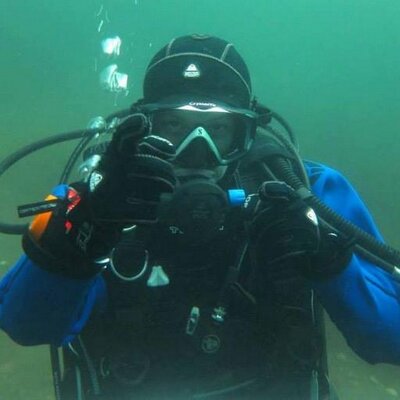 Daniel Steadman
Daniel Steadman
19 August 2020 12:00am
Challenge: ElephantEdge
 hackster.io
hackster.io
11 August 2020 12:00am
Event: StreamingScience's #Tech4Wildlife Thursdays
 StreamingScience
StreamingScience
3 August 2020 12:00am
Automated Fish Identification and Abundance Using Artificial Intelligence
 The Global Wetlands Project
The Global Wetlands Project
28 July 2020 12:00am
BearID To Go
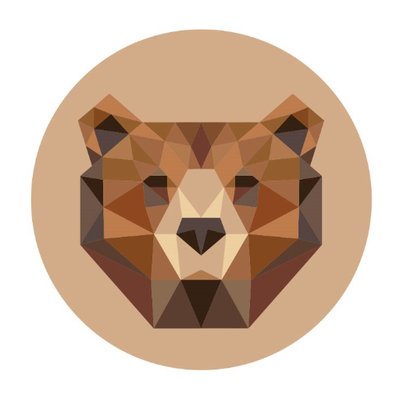 BearID Project
BearID Project
21 July 2020 12:00am
Competition: Cornell Birdcall Identification
 The Cornell Lab of Ornithology
The Cornell Lab of Ornithology
8 July 2020 12:00am
Tech Tutors: How do I get started using ML for my camera traps? Building Accurate Project-Specific Models
25 June 2020 12:02am
26 June 2020 2:32pm
Hi everyone!
We've now posted Sara's session to our youtube channel, and I've also popped it up the top of this thread.
The collaborative notes worked really well! I've now updated them to capture what happened in the chat - it should be a helpful companion to go alongside the recording. The notes have links, projects, and key discussions we saw in the chat, and summarise the questions Sara coverd in the discussion as well as the Qs we weren't able to get to (40mins overtime was our limit!). If your question was one of the outstanding ones and you'd like to have it answered, please drop it in the discussion below.
The notes now also have the participant check ins (such an awesome range of places, projects and interests!) - I'm sharing these as seeing what other people are doing might help you connect with each other. If you see someone you want to connect with, try and find them using our member direcyour people tab. If you can't, email Ellie and she will see if that person is happy to hear from you before connecting you.
Reminder, registration is open for Carlos' tutorial next week: How do I perform automated recordings of bird assemblages? Register here.
Thanks everyone!
Steph
2 July 2020 8:58pm
Great talk! I thoroughly enjoyed it. Some high schoolers have done small AI projects(s) and have interest in the wildlife.
What resources would you all suggest to further develop high schooler’s interest in AI?
How do I scale up acoustic surveys with Audiomoths?
 Tessa Rhinehart
Tessa Rhinehart
25 June 2020 12:00am
How do I perform automated recordings of bird assemblages?
 Carlos Abrahams
Carlos Abrahams
19 June 2020 12:00am
How do I train my first machine learning model?
 Daniel Situnayake
Daniel Situnayake
9 June 2020 12:00am
How do I get started using Machine Learning for my camera traps?
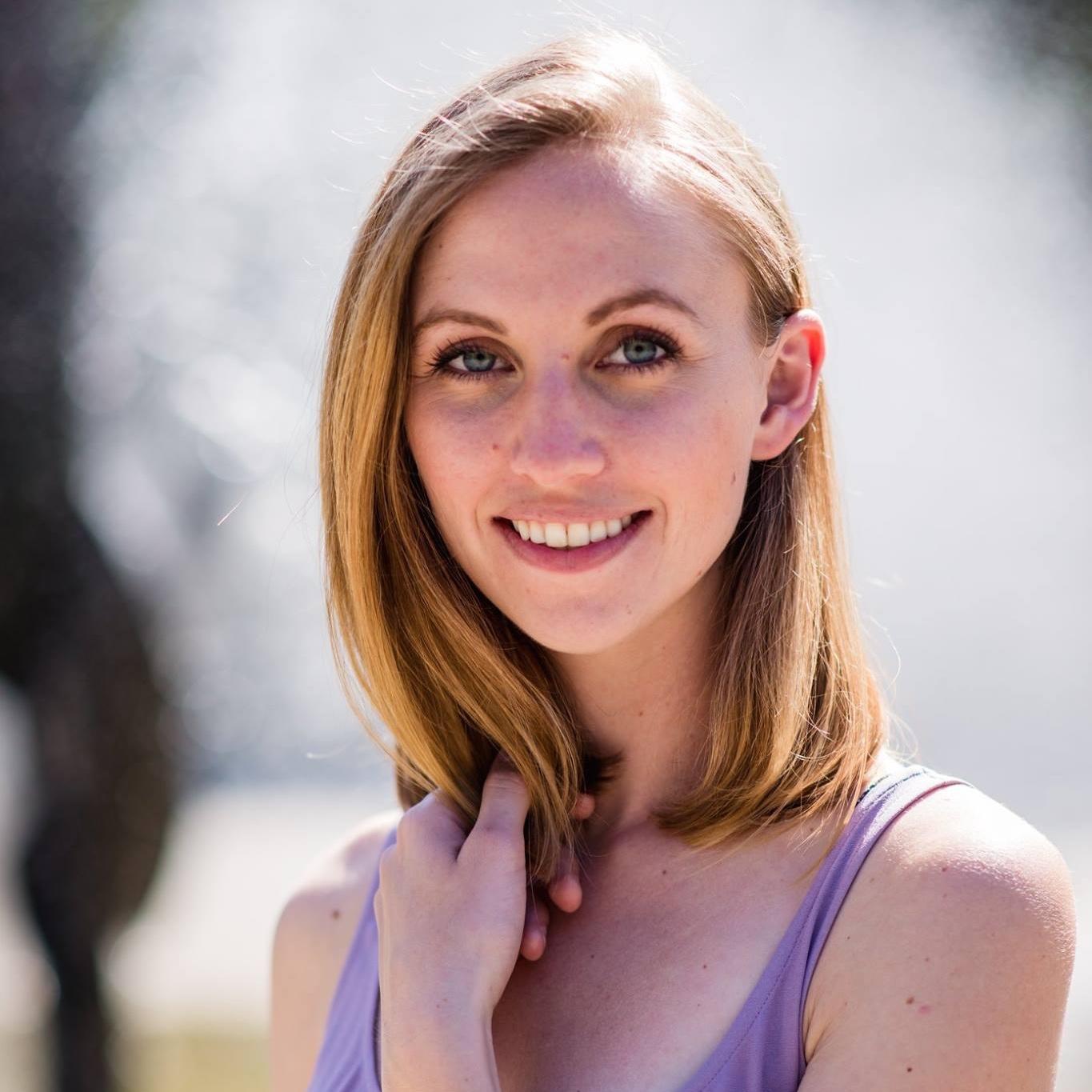 Sara Beery
Sara Beery
9 June 2020 12:00am
Innovator Interview: Hack the Poacher
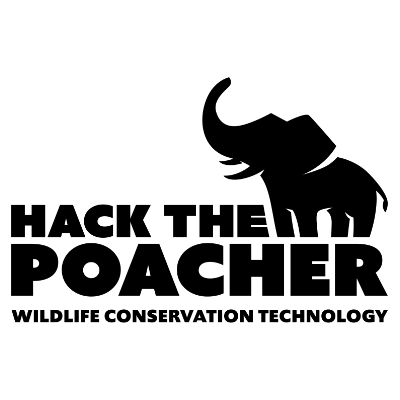 Hack the Poacher
Hack the Poacher
4 June 2020 12:00am
The Perfect Paw Print: Collecting Data with FIT
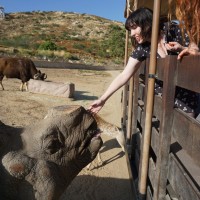 Ellie Warren
Ellie Warren
3 June 2020 12:00am
Competition: 2020 Hackaday Prize
 Conservation X Labs
Conservation X Labs
26 May 2020 12:00am
WILDLABS Tech Tutors: Season One
19 May 2020 12:00am
Get To Know FIT
6 May 2020 12:00am
Competition: iWildCam 2020
 CVPR
CVPR
4 May 2020 12:00am
Training Course: Quantitative Analysis of Marine & Coastal Drone Data
 Duke Marine Lab
Duke Marine Lab
29 April 2020 12:00am
Call for Submissions – Arm Research Summit 2020
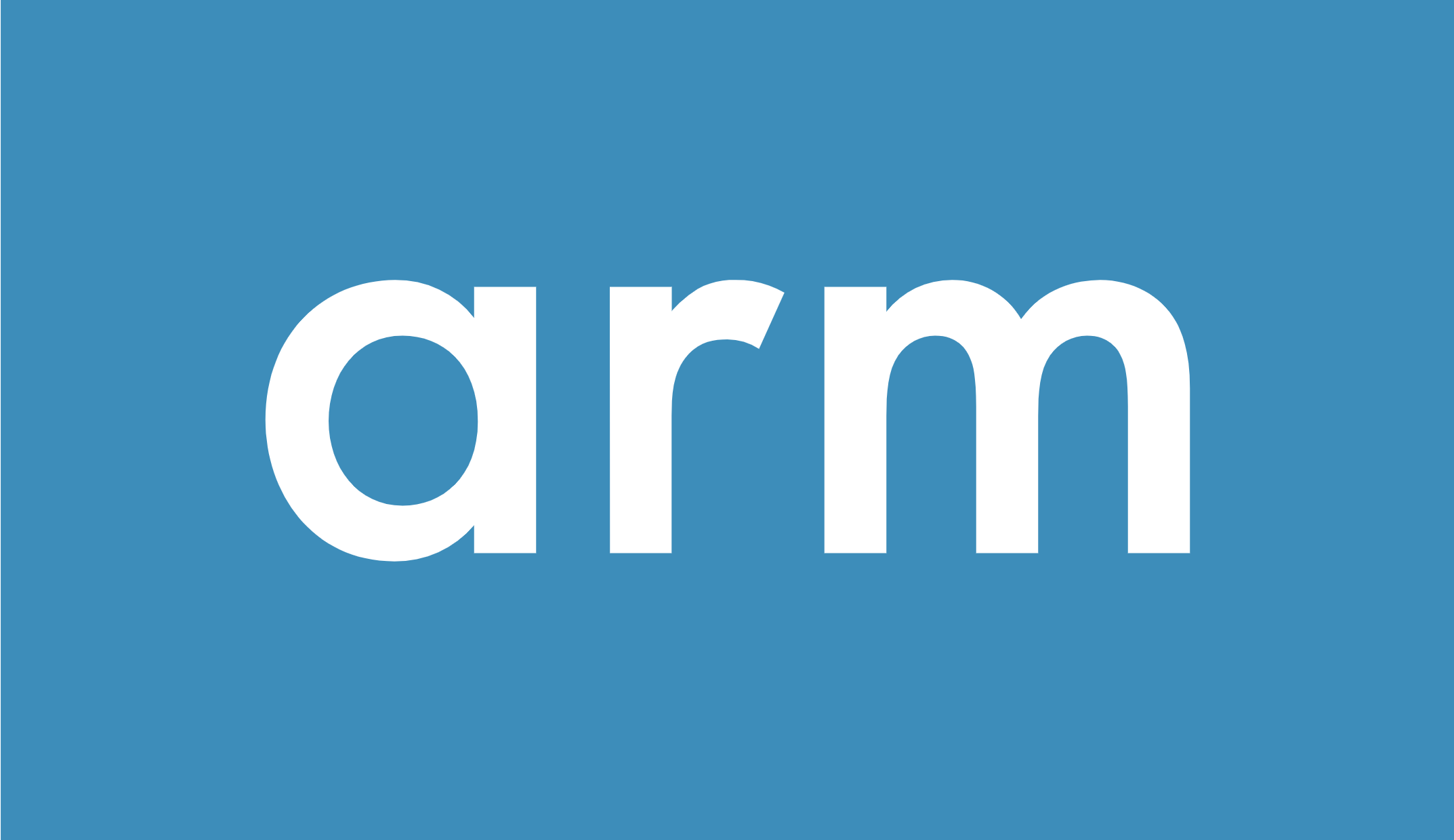 Arm
Arm
24 April 2020 12:00am
WILDLABS Tech Hub: WWF PandaSat
13 April 2020 12:00am
Webinar 11PST 3/20 - Deep Learning for Airborne Tree Detection
17 March 2020 1:28am
17 March 2020 3:52pm
Thanks Ben. I'll see what I can do.
24 March 2020 9:57am
Hello Ben. Unfortunately I couldn't make it on Friday. It would be great if I could take a look at your slides. I'm interested in trying to count mangrove trees. I have some WorldView 2 data. Do you think I could use DeepForest for this?
31 March 2020 4:21am
DeepForest docs are here.
https://deepforest.readthedocs.io/
Welcome to have a look. My experience is that individual trees cannot be distinguished in satellite imagery. The coarest resolution we've had success with is 0.3m. However, the deepforest weights may still useful as a starting location. If there are visible objects in your image that you want to detect, collecting a few hundred training data samples and retraining the model for 2-3 epochs could be useful. See the link for details. Happy to help, submit issues on the github repo is something isn't clear/doesn't work. Everything is in dev.
WILDLABS Community Call Recording: Rainforest X-PRIZE
30 March 2020 12:00am
Open, challenging dataset for audio classification
27 March 2020 10:52am
27 March 2020 11:51am
Hi Radek,
I'm sure others can help here, but check out our recent virtual meetup (it'll be posted here in about an hour), the speakers - particularly Dave Watson - shared open datasets that might be what you're looking for.
Over on Twitter, Jesse Alston is collating a google sheet so that people can advertise data sets that grad students can use to finish theses. @arik 's reply here might be of particular interest: 'We have been recording 24/7 soundscapes in remote US locations like Yellowstone NP and rural central Wisconsin with multiple GPS synced recorders. Our goal is to study wolf and coyote vocalisations, but if anyone can make use of these data for their own studies, drop me a line!.'
Hope this helps!
Steph
27 March 2020 12:25pm
Steph, thank you so much for this, this is wonderful :) Really, really apreciate you sharing this with me :) Diving into all of the wonderful resources from you, thank you so very much for this!
Radek
Help collate list of Ecology/Conservation Data Sets for grad students
27 March 2020 12:07pm
Automated species detection from camera traps
30 January 2020 8:43am
25 March 2020 2:59pm
I see. Im interested and would like to help. I will need the images to train the network. As many as possible.
if you dont have them yet, try to find similar images preferably of the same species. I will use them to test the performance of the detection.
25 March 2020 6:49pm
I'm not familiar with camera traps, but there are a couple of options:
1) If the animals tend to cover most part of the image, then you can train a CNN classifier to distinguish between species (available with the keras-Tensorflow modules in Python)
2) If, however, the animals only cover a small part of the image (e.g. in the distance), it might be better to use an object detector (I've used YOLOv2 in the past for fish detection), which however is not that straightforward, especially with Python (I used MATLAB)
In any case, keras-Tensorflow classification with Python might be the most straightforward option for your goal. You should also certainly have a look at Google's Wildlife Insights platform which is specialized for species classification from camera trap images.
27 March 2020 10:33am
This can be done, happy to help :) But I think I need to understand the situation a little bit more.
Do you already have the data for training / inference? Do you have any example images with the species in them annotated? Say a still from the camera with a tiger and a csv file referencing that file and annotating that there is a tiger in the image?
Would you like someone to do the developing and training of the deep learning model for you? I work as an AI research engineer at the Earth Species project and I am also a part of a community of deep learning practitioners where we apply cutting edge research to various problems. Here you can check a little initiative I started a couple of days ago to teach people how to work with audio (there is a related forum thread but unfortunately it is in closed forums for the time being as it is associated with a course that is under way). My main point is this - if you have the data and would like someone to help you out on the modelling part, I can coordinate this.
Alternatively, if you cannot release the data, I can point you to materials that can get you started to carry out the work yourself.
Webinar: Citizen Science Online
 SciStarter
SciStarter
26 March 2020 12:00am
WILDLABS Tech Hub: Poreprint
26 March 2020 12:00am
Enter the Zooniverse: Try Citizen Science for Yourself!
 Ellie Warren
Ellie Warren
18 March 2020 12:00am
Tutorial: Train a TinyML Model That Can Recognize Sounds Using Only 23 kB of RAM
 Daniel Situnayake
Daniel Situnayake
16 March 2020 12:00am
Accepting Applications: ArcGIS Solutions for Protected Area Management
 esri
esri
4 March 2020 12:00am



















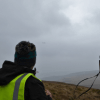


25 June 2020 6:01pm
This is a big, important question! I think having traceable DOIs for both datasets and machine learning models is a step in the right direction. GBIF is committed to this and can provide data DOIs, read more detail here and here.